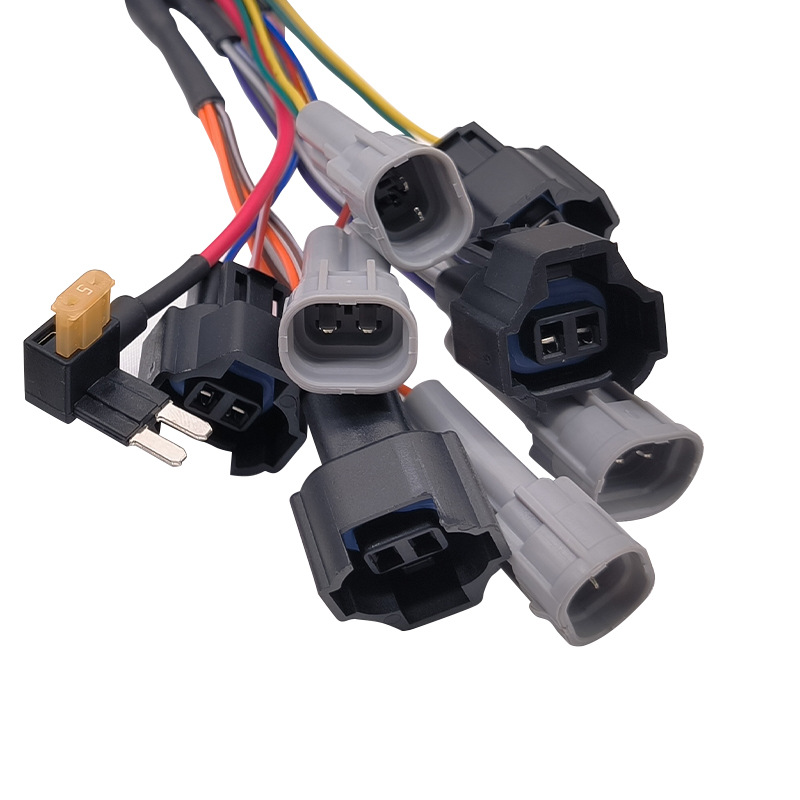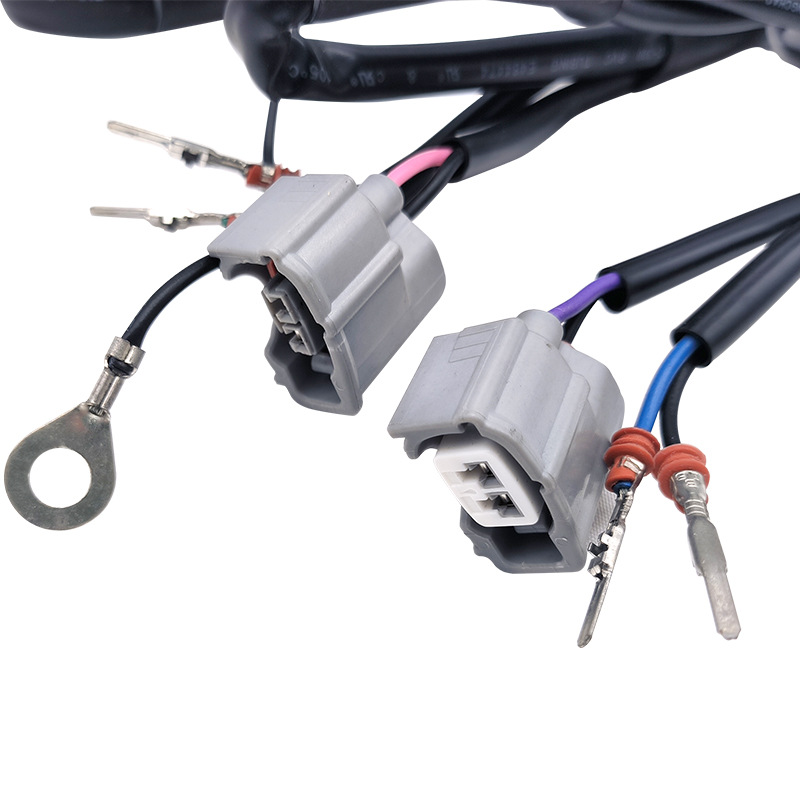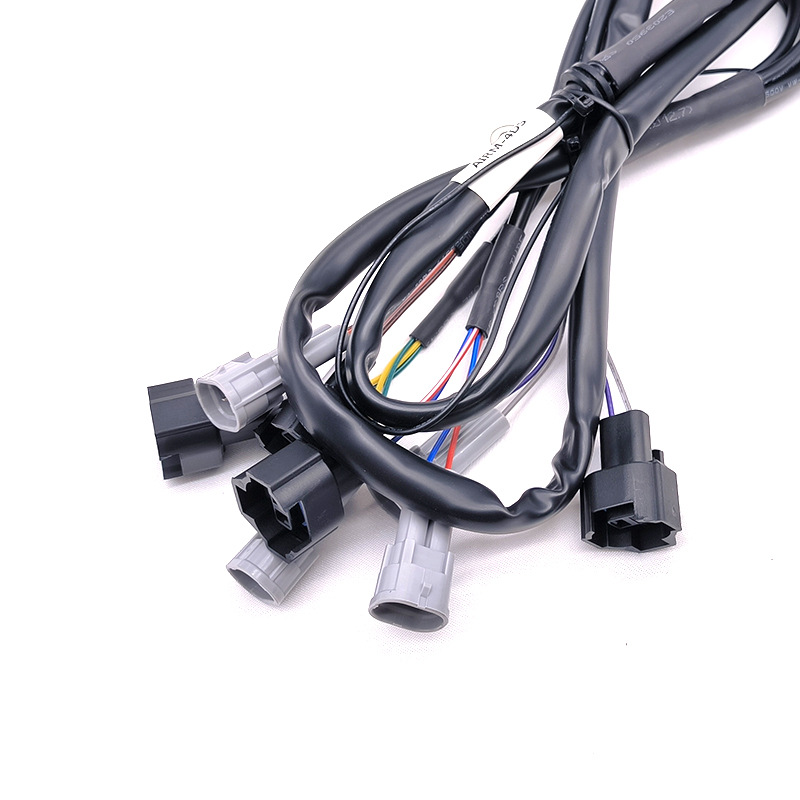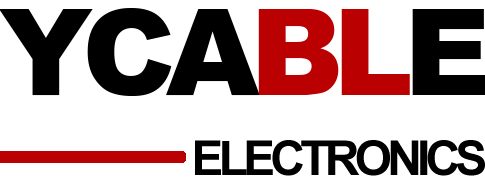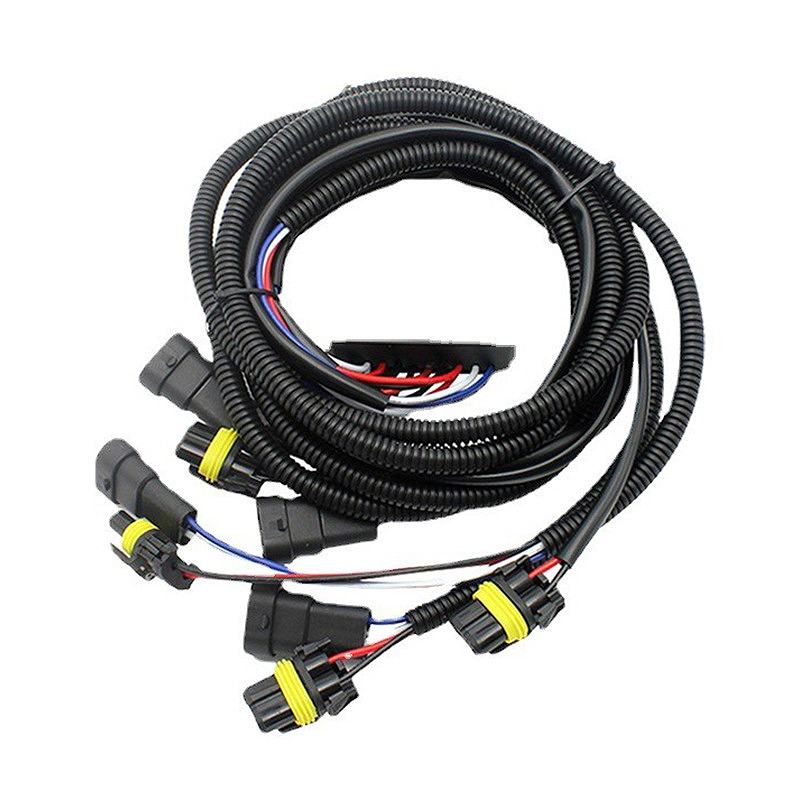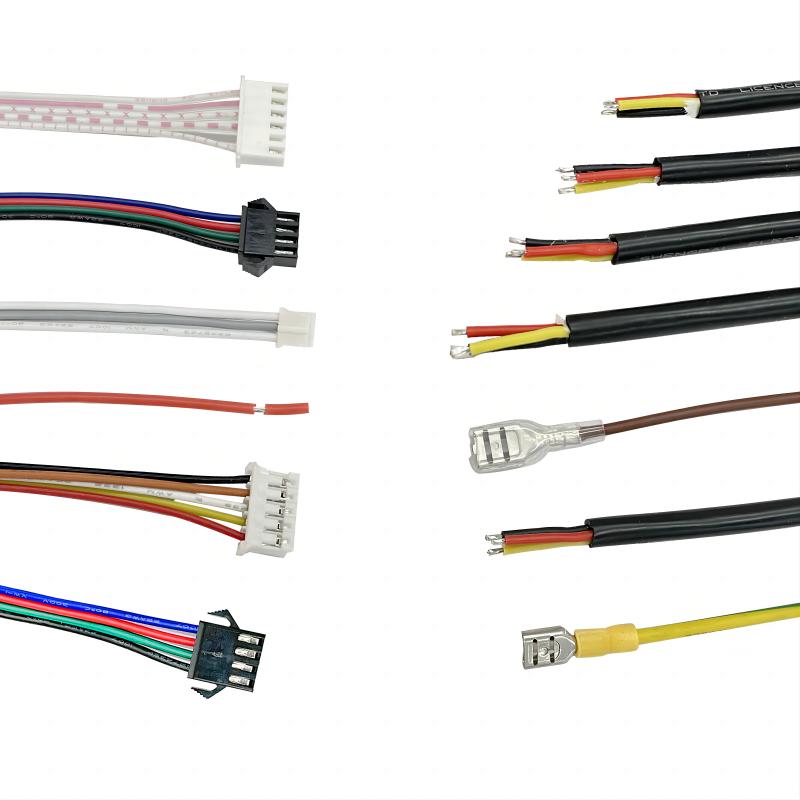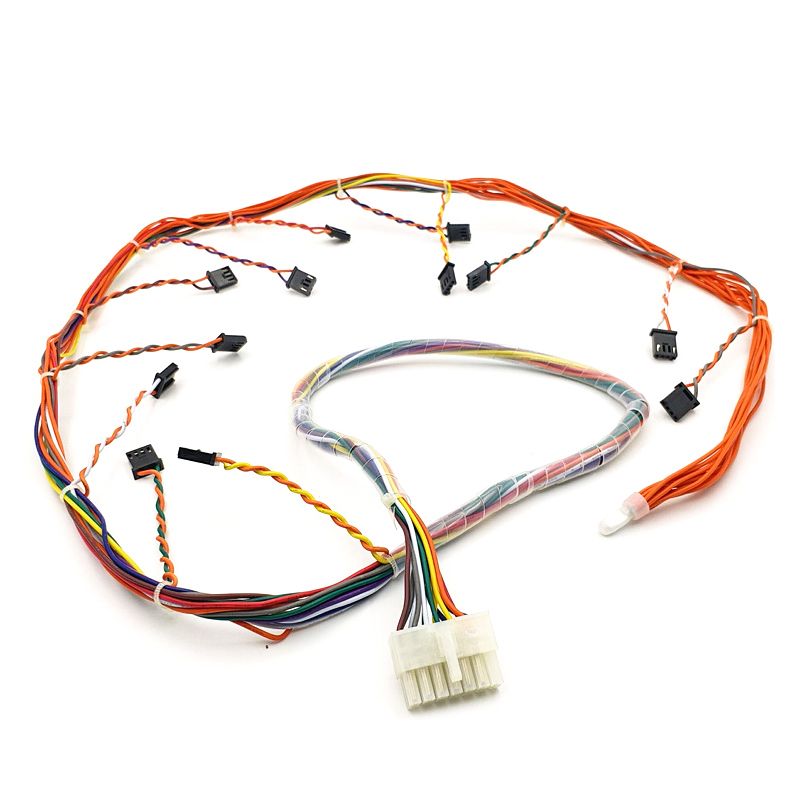What you should know about wiring harness?
How to make a wiring harness normatively?
1. Electrical safety regulations: The wiring harness design must comply with international, national or regional electrical safety regulations, such as IEC, NEC, UL, CE, VDE, etc., to ensure the safety of electrical equipment.
2. Material selection: Select appropriate wires, insulation materials, sleeves, and connectors to meet the performance requirements of specific applications, including voltage, current, temperature, and environmental conditions.
3. Guidance and support: The wiring harness must be guided and supported correctly to reduce the impact of vibration, impact, and wear on the wiring harness. This usually includes the use of brackets, fixing clips, and protective sleeves.
4. Protection and environmental adaptability: The design of the wiring harness must take into account the environment in which it is located, including characteristics such as waterproof, dustproof, anti-corrosion, and UV resistance.
5. Connector and connector design: Select and design appropriate connectors and connectors to ensure connection reliability and ease of maintenance.
6. Identification and Marking: Correctly identify and mark each part of the wiring harness for easy identification during installation, maintenance, and troubleshooting.
7. Electromagnetic Interference (EMI) and Electromagnetic Compatibility (EMC): Ensure that the wiring harness design can reduce electromagnetic interference and meet applicable electromagnetic compatibility standards.
8. Thermal management: Consider the current load and heat distribution in the wiring harness to ensure it does not overheat, which may require heat sinks or ventilation.
9. Maintenance and Maintainability: Design wiring harnesses for easy inspection, repair, and replacement of components, reducing maintenance costs and downtime.
10. Testing and Verification: Before manufacturing and after installation, conduct necessary testing and verification on the wiring harness to ensure that it meets specifications and can operate normally.
11. Documents and Records: Maintain detailed wiring harness design documents, including drawings, specifications, and test reports, for future maintenance and upgrades.
12. Quality control: Implement quality control procedures to ensure that the manufacturing process of wire harnesses meets design specifications and achieves consistent quality standards.
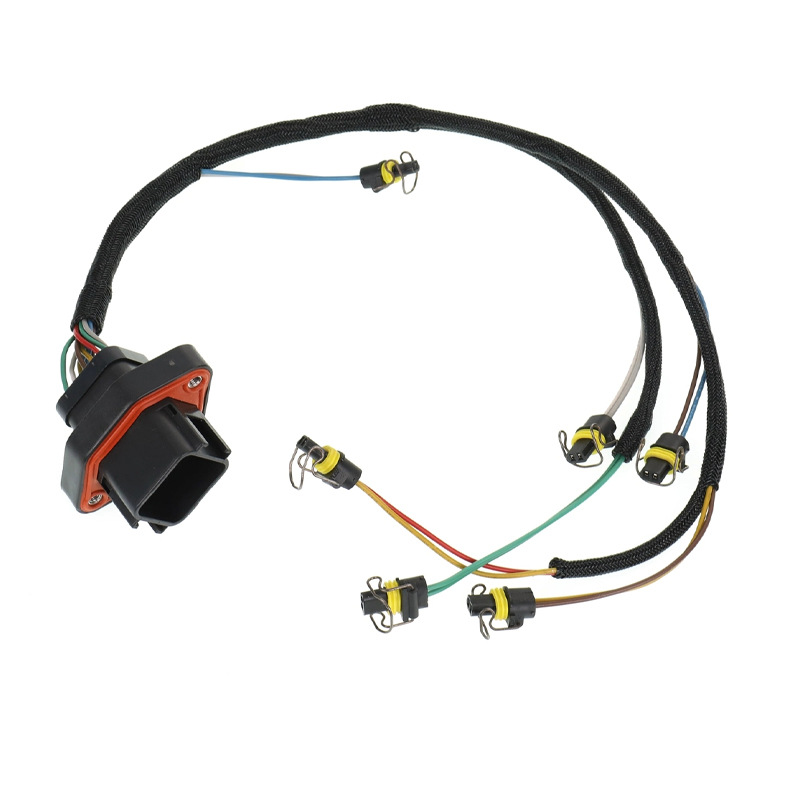
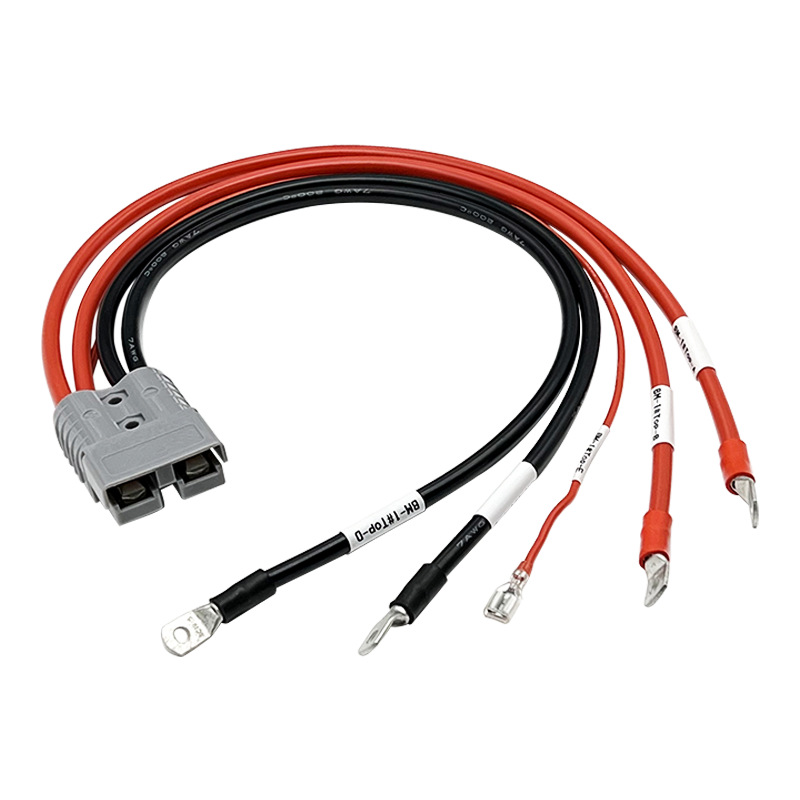
Knowledge of wire harness connectors we should know
A wiring harness connector is a connector used to connect multiple electronic devices or wires. They are typically used in automobiles, airplanes, industrial equipment, and electronic devices to connect multiple wires or cables together for the transmission of electricity, signals, and data. The following are some common structural knowledge of wire harness connectors:
1. Plug and socket: A wiring harness connector usually consists of two main parts, namely the plug and socket. A plug is one side of a connector, usually containing pins or sockets, while a socket is the other side of the connector, accepting the plug.
2. Pins and sockets: A plug usually has a set of pins, while a socket has a matching socket. The number and arrangement of pins and sockets vary depending on the design and purpose of the connector.
3. Shell: The connector usually includes a shell to protect the plug and socket, while providing mechanical support and functions such as dust and water resistance. The shell is usually made of durable materials, such as metal or plastic.
4. Locking mechanism: To ensure the reliability of the connection, the harness connector is usually equipped with a locking mechanism that can securely connect the plug and socket together. This can be rotary locking, snap locking, or other types of mechanical locking.
5. Guidance signs: Some connectors have guidance signs or keys to ensure correct alignment and insertion of plugs and sockets. This helps to avoid incorrect insertion and ensure the correctness of the connection.
6. Sealing and Waterproofing Performance: Some wiring harness connectors are designed for use in harsh environments, thus possessing waterproof and sealing performance. These connectors are usually equipped with sealing rings or waterproof coatings to prevent water, moisture, and dust from entering the connectors.
7. Electronic characteristics: Wire harness connectors can also have electronic characteristics, such as shielding to reduce electromagnetic interference, and additional signal pins or connectors for transmitting data and control signals.
8. Multi pin connectors: Some wiring harness connectors have multiple pins and sockets, which can transmit multiple signals or power supplies simultaneously. This is very useful for applications that require high-density connections.
The structure of wire harness connectors may vary depending on different applications and manufacturers, but the above basic elements are usually included. The design and selection of these connectors usually depend on specific electronic system requirements and environmental conditions.
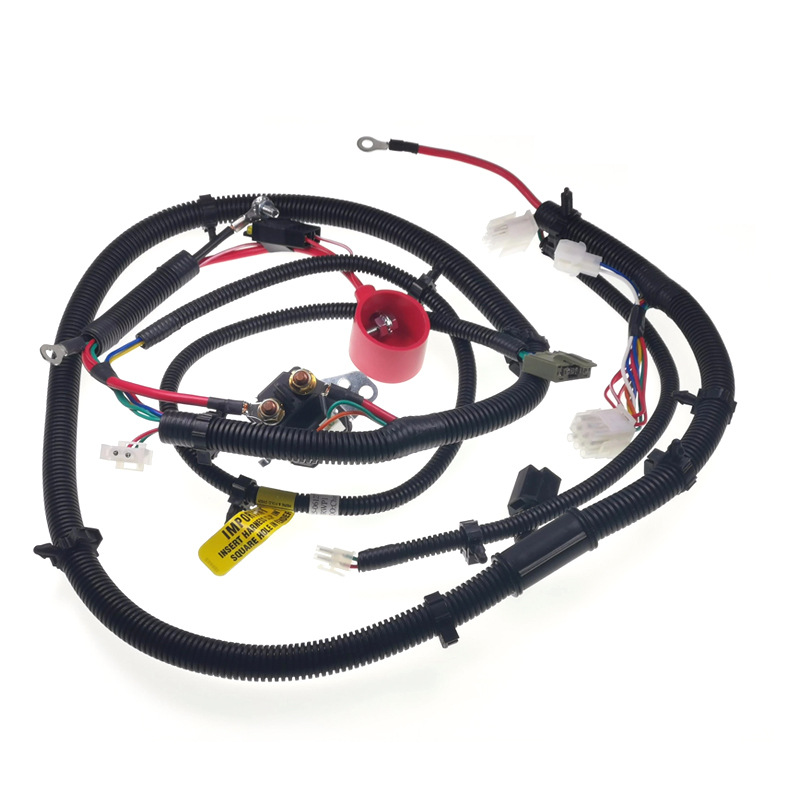
How to fix wiring harness connectors?
1. Plug and Socket: This is a common connection method, where one wire harness electronic component has a plug and the other wire harness electronic component has a socket. The plug and socket are designed to match each other to ensure correct connection. This method is usually used to connect easily detachable electronic device components for repair or replacement.
2. Soldering: This is another common method of connecting wires or wire harness electronic components to solder pads on the circuit board to achieve electronic connections. Welding is a permanent connection method commonly used for fixed wire harness electronic components, such as wire harness electronic components on circuit boards. This method provides reliable electrical connection and mechanical stability.
These two connection methods are selected based on specific application and design requirements. The insertion method is suitable for situations that require wire harness detachable components, while the welding method is suitable for situations that require permanent connections for the wire harness and connectors.
